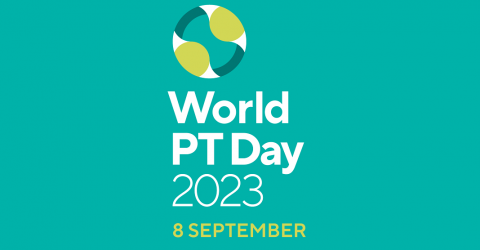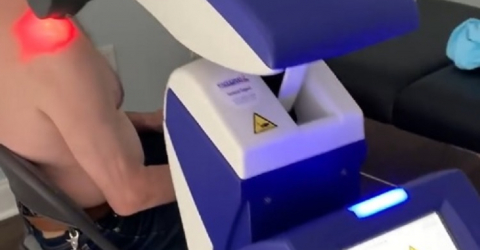EU MDR: Safety and Compliance in the World of Medical Devices – The new role of Distributors.
The European Union Medical Device Regulation (EU MDR) is a comprehensive regulatory framework that aims to strengthen patient safety and ensure the effectiveness of Medical Devices marketed in the EU.
In force since May 2021, the EU MDR replaces the Medical Devices Directive (MDD) and the In-Vitro Diagnostic Medical Devices Directive (IVDD), bringing significant changes and implications for various stakeholders, including distributors.
Why was a regulatory change necessary?
Negligence, incorrect behaviour, bureaucratic slowness, misalignment between EU countries,... below is a short list of the causes that led to the development of the EU MDR:
- Major patient safety scandals in the implant and prosthetic industries (2010: Poly Implant Prothèse (PIP) breast implant scandal; DePuy Metal on Metal scandal), as well as negligence among Notified Bodies (2011: undercover investigation by the notified body British Medical Journal);
- Non-homogeneous application of the Directives in the Member States;
- General lack of adequate traceability within supply chains;
- Insufficient access to evidence on the safety and clinical efficacy of the Devices by patients and healthcare professionals.
What are the main innovations?
The Regulation introduces several fundamental changes compared to its predecessor MDD.
EU MDR expands the definition of Medical Devices, introducing more stringent classification criteria and strengthening post-sale surveillance. The Regulation also underlines the role of the economic operators in ensuring the safety and compliance of Devices.
The implementation of the EU MDR began in May 2021, allowing for a transition period to enable all entities involved to fully comply.
New obligations and responsibilities for distributors
EU MDR identifies distributors as economic operators, holding them responsible for the Devices they place on the market.
- Verification and documentation of devices: distributors must verify that the Devices they distribute bear a valid CE marking, which indicates compliance with EU MDR requirements. They are also responsible for ensuring that the devices are accompanied by the necessary technical documentation, which must be available in the languages of the Member States in which they operate.


- Market and after-sales surveillance: distributors play a crucial role in market surveillance, monitoring (and tracking) the performance and safety of the Devices they distribute. Distributors must participate in post-sale surveillance and vigilance reporting activities, contributing to the continuous monitoring of the safety and performance of the Devices. Prompt reporting of incidents helps ensure rapid action to reduce risks and protect patients.
- Communication with the authorities: EU MDR requires distributors to report incidents relating to the Devices they supply and to contribute significantly to post-sale surveillance activities. Prompt reporting of incidents is critical to maintaining patient safety and regulatory compliance. Under MDD, distributors did not have this explicit obligation, now they play an essential role in surveillance.
Identification, Sharing, Storage.
Implementing the EU MDR impacts the supply chain and data management practices of distributors.
- Unique Device Identification (UDI): distributors must manage UDI data for the devices they handle, ensuring accurate identification, traceability and better recalls when necessary. This involves managing large volumes of data and adopting compatible systems to manage UDIs efficiently.
- Data sharing and collaboration: an effective communication and collaboration between distributors, manufacturers and other economic operators becomes critical to sharing data, tracking devices and maintaining compliance. Distributors must ensure that the data exchanged are accurate and up-to-date.
- Storage and handling requirements: distributors must comply with the specific storage and handling requirements set out in Annex I EU MDR. Proper storage ensures that Medical Devices remain safe and effective during transportation and distribution.

Keyword: training.
To fulfil their increased responsibilities, distributors need qualified and trained personnel.
- Personnel competence: distributors must invest in training their personnel to understand the EU MDR requirements, including the new roles and responsibilities they have as economic operators. Knowledgeable personnel will help smooth operations and compliance.
- Training Programs: developing comprehensive training programs is essential to educate employees on the intricacies of the EU MDR, on procedural changes, and on the importance of regulatory compliance.
EU MDR: a nuisance or an opportunity?
Compliance with the EU MDR may involve investments in technology, personnel and training, resulting in increased operational costs for distributors. However, non-compliance can result in even higher costs due to sanctions and loss of market access.
Compliance with the EU MDR allows distributors to gain credibility with healthcare professionals, demonstrating commitment to quality and safety.
Furthermore, distributors who promptly embrace the EU MDR can gain a competitive advantage by demonstrating compliance and reliability to customers. In this way they can position themselves as privileged partners in the supply chain.
Distributors must recognise the importance of adapting to the new regulatory landscape, ensuring a successful and compliant business within an ever-evolving Medical Device market.











